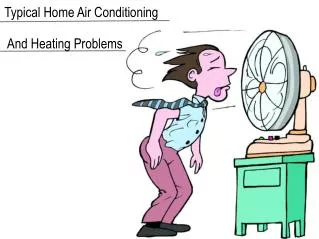Typical Welding Problems That People Encounter
40 likes | 45 Views
Safety is also one of the most important things to look on the welding process. Welding inspections are a must all throughout the welding process. During the welding process, avoid working alone in hazardous areas. Employ a suitable hazard-reduction device. When welding, avoid leaning against the material or structure. While working, use personal protective equipment such as welding gloves and rubber-insulated shoes.<br><br>Flashback arrestor testing must also be done once every six months or twelve months at most. This process can help in the safety and identification of any hazards that the weldin
Download Presentation 

Typical Welding Problems That People Encounter
An Image/Link below is provided (as is) to download presentation
Download Policy: Content on the Website is provided to you AS IS for your information and personal use and may not be sold / licensed / shared on other websites without getting consent from its author.
Content is provided to you AS IS for your information and personal use only.
Download presentation by click this link.
While downloading, if for some reason you are not able to download a presentation, the publisher may have deleted the file from their server.
During download, if you can't get a presentation, the file might be deleted by the publisher.
E N D
Presentation Transcript
More Related






















